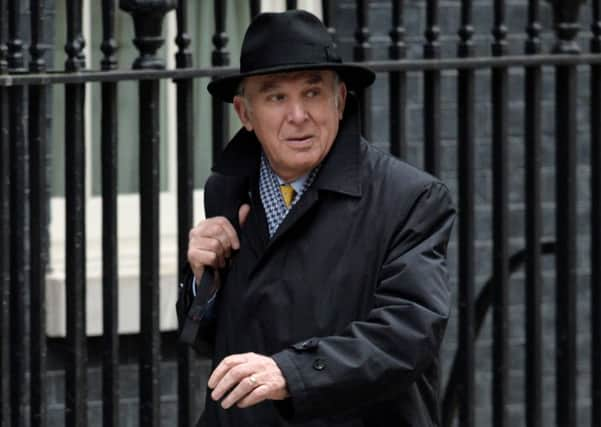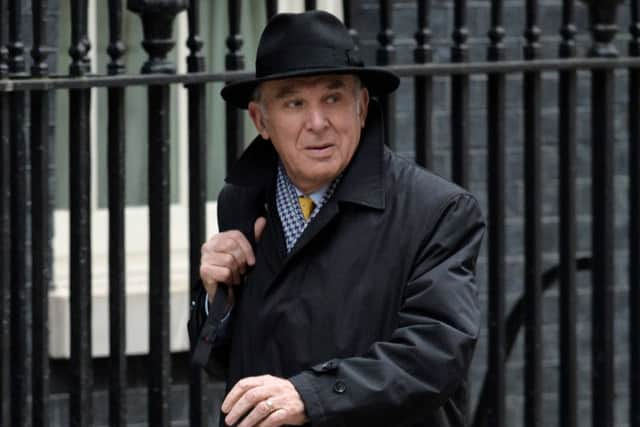Royal Mail sale shortchanged taxpayer, says watchdog


The coalition’s decision to sell a 60 per cent stake in Royal Mail last October for 330p a share has been heavily criticised by opposition politicians as too cheap after shares in the firm have risen since then by as much as 87 per cent.
“The Department was very keen to achieve its objective of selling Royal Mail, and was successful in getting the company listed on the FTSE 100,” Amyas Morse, head of the National Audit Office (NAO), said in a report into the sale, the most significant privatisation in decades.
Advertisement
Hide AdAdvertisement
Hide Ad“Its approach, however, was marked by deep caution, the price of which was borne by the taxpayer,” he said.


Royal Mail shares closed at 455p on the first day of trading, 38 per cent above their offer price, meaning the Government could have netted the taxpayer an additional £750m.
Britain, which also handed 10 per cent of Royal Mail to postal staff as part of the sale, now holds a 30 per cent stake worth about £1.7bn.
In its report, the NAO said the Government’s desire to get a prompt sale away at a time of short-term market uncertainty and when Royal Mail staff were threatening strike action had resulted in it setting the low-end of the price range at a cautious level.
Advertisement
Hide AdAdvertisement
Hide Ad“The Department conceded price tension for certainty that the transaction would be completed,” the report said, adding the Government could have achieved better value for the taxpayer.
The NAO also said that the Government should not have followed the advice of its financial advisers to sell the full 60 per cent of shares available for sale.
It could have retained 110m more shares worth £363m at the offer price, while still achieving its objective of reducing its ownership to below 50 per cent, allowing it to sell another tranche for more later on.
The Government and its advising banks have already gone before parliamentary enquiries to justify Royal Mail’s price tag in light of its subsequent strong share price performance and news that several banks had made pre-sale pitches that valued Royal Mail’s equity at as much as £8.5bn.
Advertisement
Hide AdAdvertisement
Hide AdThe Government dismissed those valuations due to the lack of detailed information available to the pitching banks at the time and has insisted that the offer price range could not have been raised for fear of losing a significant number of targeted long-term investors.
The NAO acknowledged the risks of hiking the range but pointed out that some investors subsequently increased their shareholding at much higher prices, while the majority of priority investors had sold almost half of the shares allocated to them within a few weeks of the float.
The watchdog questioned the incentive given to the Government’s independent corporate finance adviser Lazard, which was to secure a sale and was not dependent on the value achieved.
In a response to the report Business Secretary Vince Cable said: “Achieving the highest price possible at any cost and whatever the risk was never the aim of the sale.”
Advertisement
Hide AdAdvertisement
Hide Ad“The report concludes there was a real risk of a failed sale attached to pushing the price too high. And a failed sale would have been the worst outcome for taxpayers and jeopardised the operation of Royal Mail going forward.”
Last week, Royal Mail announced plans to cut a net 1,300 jobs as part of its ongoing drive to reduce costs. The firm has long argued privatisation would allow it access to the capital it needs to modernise its business and better perform in a market rapidly shifting away from letters to parcels.